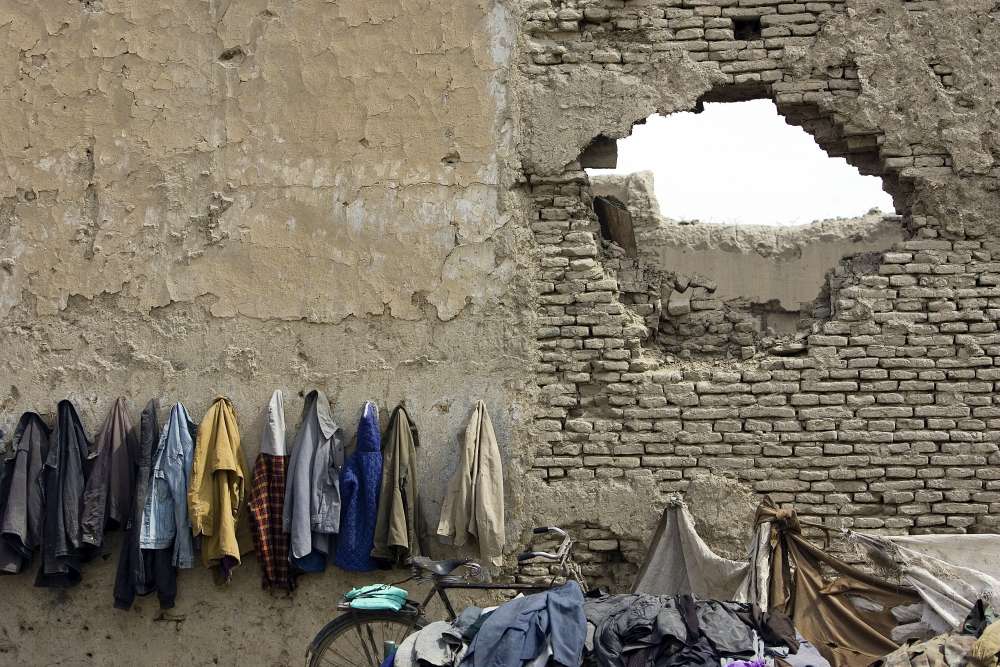Toward a Realistic and Responsible Idea of Stabilisation

Abstract
What is stabilisation, and why do we need a conceptual discussion? Based on interviews and policy documents from Canada, Germany, the Netherlands, the United Kingdom and the United States, this article distils two conceptual visions of stabilisation, outlines a range of institutional and budgetary designs and offers a number of lessons of what a realistic and responsible idea of stabilisation might look like. Given the ubiquity of fragility and the lack of generalised knowledge about social engineering, this article argues in favour of a narrow understanding of stabilisation that seeks only to mitigate acute situations of crisis marked by extreme political volatility and violence. Even this more limited goal is ambitious enough to require sober assessment and communication of risk, continuing improvements to the conceptual and institutional tools for stabilisation and stronger commitment to constant reflection and learning.
Introduction
‘Stabilisation’ has become the new mainstream catch phrase for what to do when high levels of political volatility and violence lead to humanitarian and political crises in ‘some place,’ often portrayed as a country, but in fact much harder to geographically delineate. After a few cycles of enthusiasm and disillusionment about either wholesale ‘state building’ or more modest ‘light foot-print’ types of engagement, the mainstream Euro-Atlantic debate on intervention appears to be at a juncture: it seems that all options have been tested, yielding only modest results. So what should come next?
State ‘fragility’ continues to be seen as an impediment to effective indigenous conflict management and post-conflict recovery, thereby necessitating international involvement (Bojicic-Dzelilovic et al. 2015). At the same time, the universal recognition of the complexity of conflict prevention and war-peace transitions (Booth 2015) precludes a return to the days of traditional peacekeeping and stabilisation through military assistance (‘train and equip’) or full-scale occupation. Having retreated from previous attempts to build democracy and the rule of law, Euro-Atlantic policymakers now talk about ‘stabilising’ fragile countries or contexts, a concept that sounds more achievable to sceptical audiences at home, while speaking to the complex realities in the countries whose stability is supposed to be ‘built’ (HMG 2015).
In short, the dilemma between post-Iraq and Afghanistan ‘intervention fatigue’ (Power 2014, as quoted in O’Toole 2014) and the continued challenges of political instability is superficially re-solved by seeing ‘fragility’ as the problem, ‘stability’ as the solution and ‘stabilisation’ as the way from one to the other. Based on a larger study conducted at the request of the German Foreign Office (Rotmann/Steinacker 2014), this article reviews the current conceptual, institutional and practical implementation of this trend in five Euro-Atlantic countries that have significantly invested in this area over the past decade: Canada, Germany, the Netherlands, the United Kingdom and the United States. It seeks to identify some of the blind spots of the stabilisation agenda and to suggest ways to sharpen an idea of stabilisation that is both realistic and responsible.
Formulating a definition of stabilisation distinct from adjacent concepts such as conflict transformation and peacebuilding can be challenging, not least due to the ways in which self-described actors of stabilisation have evaded the pressure to define and explain their work. Rather than enabling context-specific innovation, the resulting conceptual void has arguably exacerbated the core challenges of coordinating development, diplomacy and defence, and led to turf battles, duplication and delivery gaps. Combined with the empirical novelty of bureaucratic actors and processes such as the United Kingdom’s Stabilisation Unit, the US State Department’s Bureau of Conflict and Stabilization Operations or the new Directorate-General for Conflict Prevention, Stabilisation and Post-Conflict Peacebuilding in the German Foreign Office, the lack of a conceptual debate has made it easier to focus on questions of institutional design than on policy substance. Informed by the experiences of practitioners interviewed for the underlying study, this article attempts to provide some directions toward restoring that balance.
This article proceeds in three steps. After outlining the sources and context, the following two sections briefly compare the five governments’ current conceptual approaches, institutional setups and funding arrangements. Building on this foundation, the final section distils practical lessons for conceptualizing, designing and communicating stabilisation.
…
The full article is available for download.
This article was originally published in Stability: International Journal of Security & Development. It is an updated English version of an article originally published in German in the September-October 2014 issue of International Politik.







